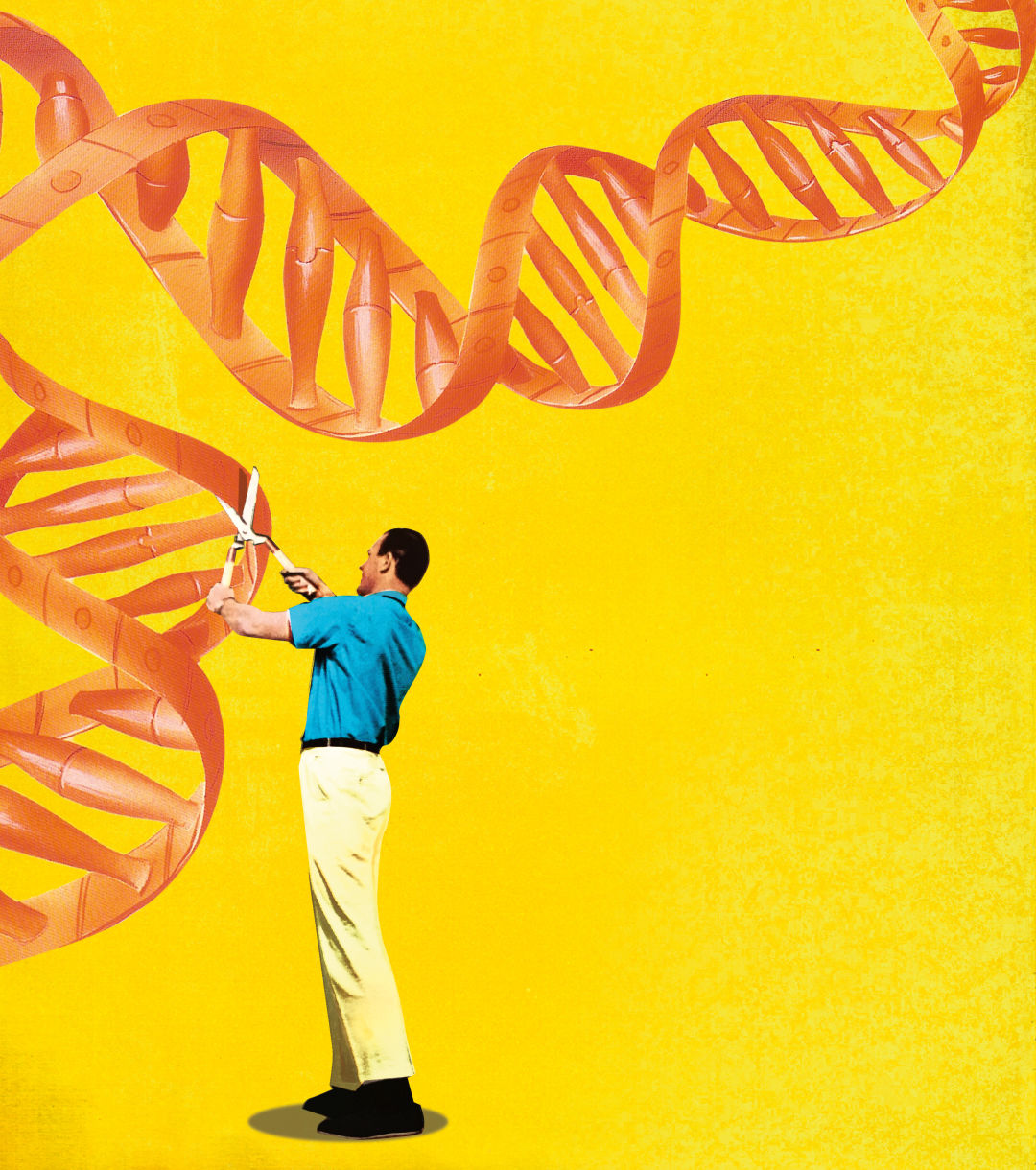Is OHSU Ushering in the Era of Designer Babies?

Image: Matthew Billington
Those tragic stories of a high school athlete dropping dead on the court? The culprit is often hypertrophic cardiomyopathy—a thickening of the heart muscle usually caused by an inherited genetic mutation—a single “typo” among 3 billion lines of human code.
So, how do you fix a bug programmed at conception?
Last summer, an OHSU research team appeared to accomplish just that. Using a technology called CRISPR-Cas9, they injected human eggs (fertilized with sperm from a donor living with HCM) with a guided protein that essentially performs a “find-and-change” on the HCM mutation sequence. As the embryos multiplied, most of them showed all their cells corrected. The mutation was gone.
“CRISPR by itself doesn’t do any repair. It just actually damages the gene that you are focusing on,” explains Dr. Shoukhrat Mitalipov, head of OHSU’s new Center for Embryonic Cell and Gene Therapy. “Then we have to rely on every cell’s own DNA repair.” How exactly that happens is a subject for future research, but the ability to “edit” DNA is already raising a host of thorny questions. OHSU’s breakthrough is not the first experiment with CRISPR, but it was the first to show success using it on human embryos. Is the designer-baby revolution near? Is this the new eugenics? Not exactly. Using CRISPR for baby “design” is years—or decades, in the current regulatory environment—away. But experts say the world still needs to catch up with the last revolution: basic genetic carrier screening.
“We’re able to eliminate the transmission of nearly all the genetic diseases we come across through the current technology. But we have to know that they’re there,” says Dr. Brandon Bankowski of Goose Hollow’s Oregon Reproductive Medicine, a fertility and surrogacy center that increasingly works with people who want to avoid passing genetic conditions on to their children. An example: Two parents who know they both carry the cystic fibrosis mutation have a 1 in 4 chance of having a child with the disease. Today, they might single out a mutation-free embryo for in vitro fertilization. A CRISPR-style tool could be used “in rare cases where we would have no unaffected embryos,” notes ORM genetic counselor Emily Mounts, adding that such technology might be more exciting for its potential to treat those who already have a disease.
But the trick is knowing genetic risks are there in the first place. Those working at places like ORM envision a world where conversations about carrier screening become part of everyone’s pre-pregnancy routine. “We’re downstream of the primary care doctors,” says Bankowski. Meanwhile, Mitalipov’s lab operates far, far upstream. His team (substantially international, some trained in countries with fewer restrictions on embryonic research) is working to replicate the success of its HCM study, which has met with some skepticism, and is looking at cases where genes from both parents have a mutation.
So, designer babies with custom hair and eye colors? Not quite.
“It’s just a tool,” says Mitalipov. “It’s just part of the molecular toolbox.”
But a future with fewer people with HCM, cystic fibrosis, hereditary cancer risks? Maybe we’re already there.




